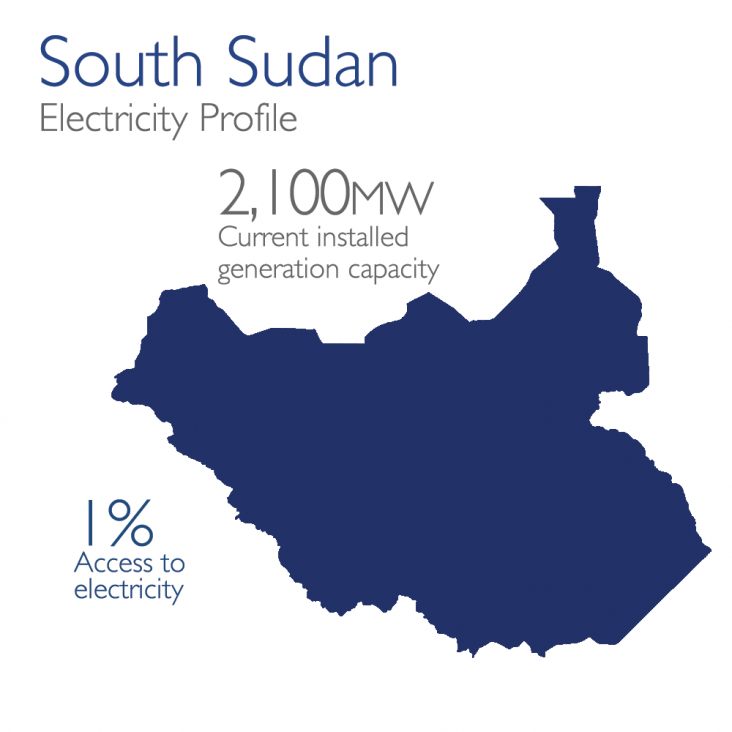- Where We Work
- Interactive Map
- Afghanistan and Pakistan
- Africa
- African Union
- Power Africa
- About Us
- How We Work
- Partners
- News & Information
- Power Africa Toolbox
- Where We Work
- Angola
- Benin
- Botswana
- Burkina Faso
- Burundi
- Cameroon
- Chad
- Côte d`Ivoire
- Democratic Republic of the Congo
- Djibouti
- Eritrea
- Ethiopia
- Gabon
- Gambia
- Ghana
- Guinea
- Guinea Bissau
- Kenya
- Lesotho
- Liberia
- Madagascar
- Malawi
- Mali
- Mauritania
- Mozambique
- Namibia
- Niger
- Nigeria
- Republic of Congo
- Rwanda
- Senegal
- Sierra Leone
- South Africa
- South Sudan
- Swaziland
- Tanzania
- Togo
- Uganda
- Zambia
- Trade and Investment Engagement
- Angola
- Benin
- Botswana
- Burkina Faso
- Burundi
- Cameroon
- Central Africa Regional
- Central African Republic
- Chad
- Côte d'Ivoire
- Democratic Republic of the Congo
- Djibouti
- East Africa Regional
- Ethiopia
- Ghana
- Guinea
- Kenya
- Lesotho
- Liberia
- Madagascar
- Malawi
- Mali
- Mauritania
- Mozambique
- Namibia
- Niger
- Nigeria
- Republic of the Congo
- Rwanda
- Sahel Regional
- Senegal
- Sierra Leone
- Somalia
- South Africa
- South Sudan
- Southern Africa Regional
- Sudan
- Swaziland
- Tanzania
- Uganda
- West Africa Regional
- Zambia
- Zimbabwe
- Asia
- Europe and Eurasia
- Latin America and the Caribbean
- Middle East
- Mission Directory
South Sudan
POWER AFRICA FACT SHEET

South Sudan has the lowest electricity consumption per capita in sub-Saharan Africa, due in part to its underdeveloped energy infrastructure, which has been severely impacted by decades of conflict. The investment in power generation and transmission infrastructure is considered a priority by the government; however, securing the intensive capital required from both public and private sector financiers remains a critical challenge. The future of the country’s electricity generation looks to be dominated by hydropower, as the country has the capacity for up to 2,100 MW; however, proposed projects must be funded before progress can be made. Based on 2013 data, only 1% of the country has access to grid electricity, due to the low level of power generation and the insufficient distribution network. 4% of urban areas are connected to power, but these areas are subject to load shedding and forced power outages.
Sources:
- www.eapicforum.com/southsuday
- IEA, World Energy Outlook 2015
- National Baseline Household Survey, 2012
- Interview with Minister of Electricity, Dams, Irrigation & Water Resources, http://www.esi-africa.com/exclusive-interview-with-the-hon-jemma-nunu-kumba-minister-of-electricity-dams-irrigation-water-resources-for-south-sudan/







Comment
Make a general inquiry or suggest an improvement.